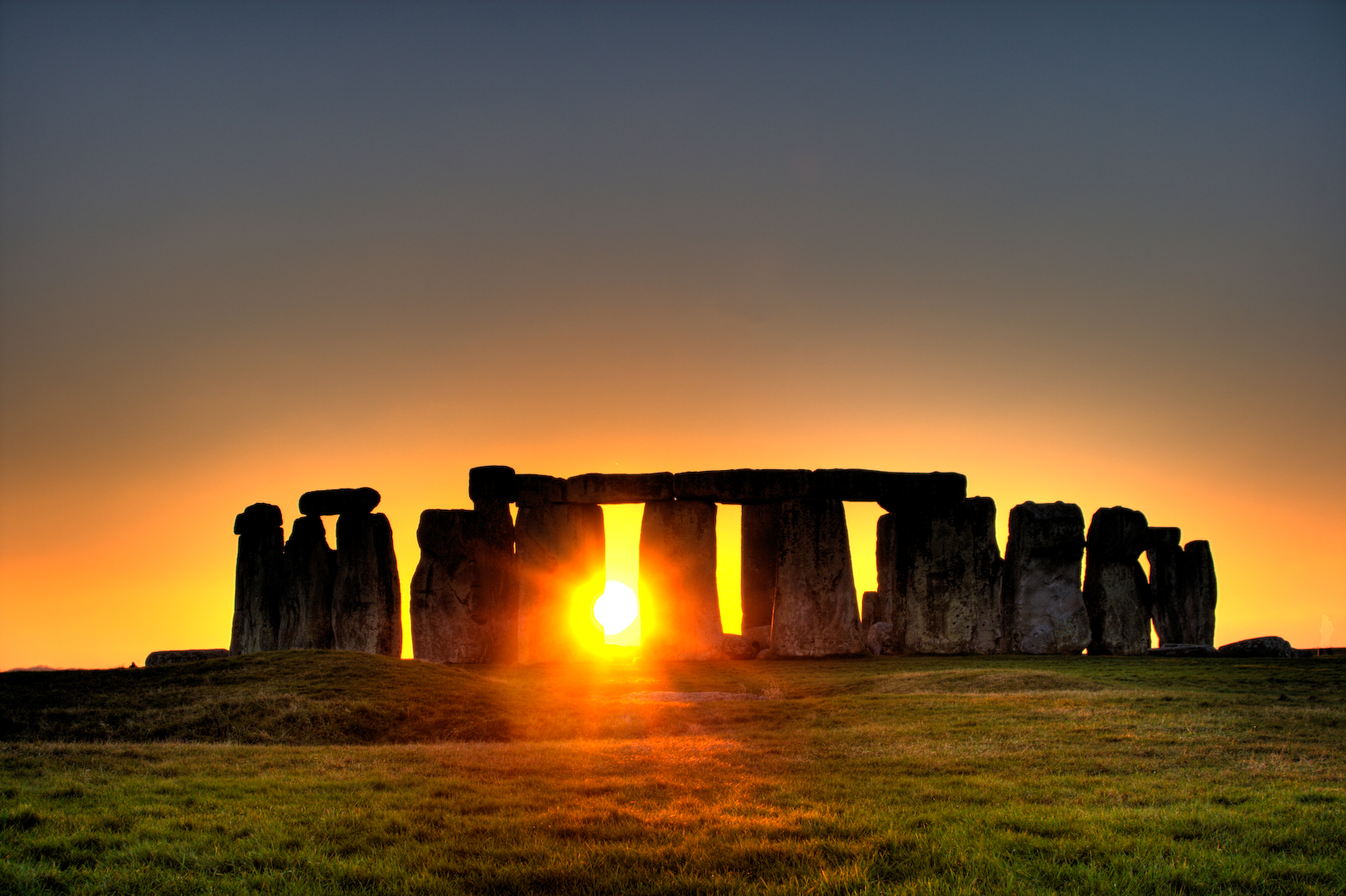If these long dark nights are getting you down here’s something to cheer you up… after today the days will start lengthening as we head back towards summer!
Today, December 21st, is the shortest day, more properly known as the winter solstice. In London the sun will rise around 8-03am and set around 3-53pm, giving seven hours and 50 minutes of daylight. That is a full eight hours and 49 minutes less daylight than on the longest day of the year, June 21st.
 Further north, in Edinburgh, the sun comes up today around 8-41am and sets around 3-39pm, giving just six hours and 58 minutes of daylight. In the far north of the UK, in the Shetland Islands, the sun will rise at 9-08am and set again at 2-57pm, giving just five hours and 49 minutes of daylight!
Further north, in Edinburgh, the sun comes up today around 8-41am and sets around 3-39pm, giving just six hours and 58 minutes of daylight. In the far north of the UK, in the Shetland Islands, the sun will rise at 9-08am and set again at 2-57pm, giving just five hours and 49 minutes of daylight!
But today marks a turning point, after which each day will get fractionally longer as we head towards the longest day – the summer solstice – in six months’ time. For many people who find the short days and long dark nights of winter depressing, the winter solstice is a welcome milestone and eagerly-anticipated date in the calendar.
In fact, celebrating the solstice goes back thousands of years, even to Neolithic times. Experts claim that Stonehenge is carefully aligned on a sightline pointing to the winter solstice sunrise and sunset. Ancient cultures were hugely dependent on the turning of the seasons and having a reliable way to keep track of the progress of the year was important to their agriculture-centred way of life.
The first months of winter, from January to April in the Northern hemisphere, were the hardest to survive, also known as the “famine months”. Most livestock were slaughtered, so they would not have to be fed through the winter, and their meat preserved to last through till spring. That which couldn’t be preserved needed to be eaten, and the beer and wine made during the year was also now fermented and ready for drinking.
This all meant the winter solstice marked a time for celebration, with fresh meat for eating and beer and wine to be drunk. The origins of Christmas lie in these historic midwinter celebrations, as early Christianity was very adept at assimilating existing traditions and celebrations as part of making converts to the ‘new’ religion.
In pre-Christian Scandinavia, people celebrated a 12-day midwinter festival called “Yule” of “Jul”. Part of the tradition was to drag a stripped tree trunk into the village’s main feasting hall and place one end of it in the hearth. It would steadily burn throughout the 12 days and nights, being gradually fed into the hearth until finally it was all burnt away.
This custom of the “Yule log” and the 12 days of celebration remain strong elements of modern Christmas traditions, not to mention the feasting and drinking! There is little actual evidence pinpointing a time of year when Christ was born, but choosing a date to celebrate his birth which lay in the middle of an existing celebration would have made good sense. And we still refer to “Yuletide”, even though “Yule” derives from “Jólner”, one of the many names for the Viking god Odin.
Today, people still gather at ancient sites such as Stonehenge (pictured) and Ireland’s Newgrange to observe and celebrate the winter solstice. For some, who still keep to the old beliefs, it remains a religious experience, but for many more it is simply a turning point in the passing of the year… though the worst of the winter weather is no doubt still to come!
